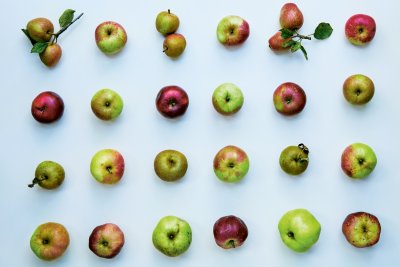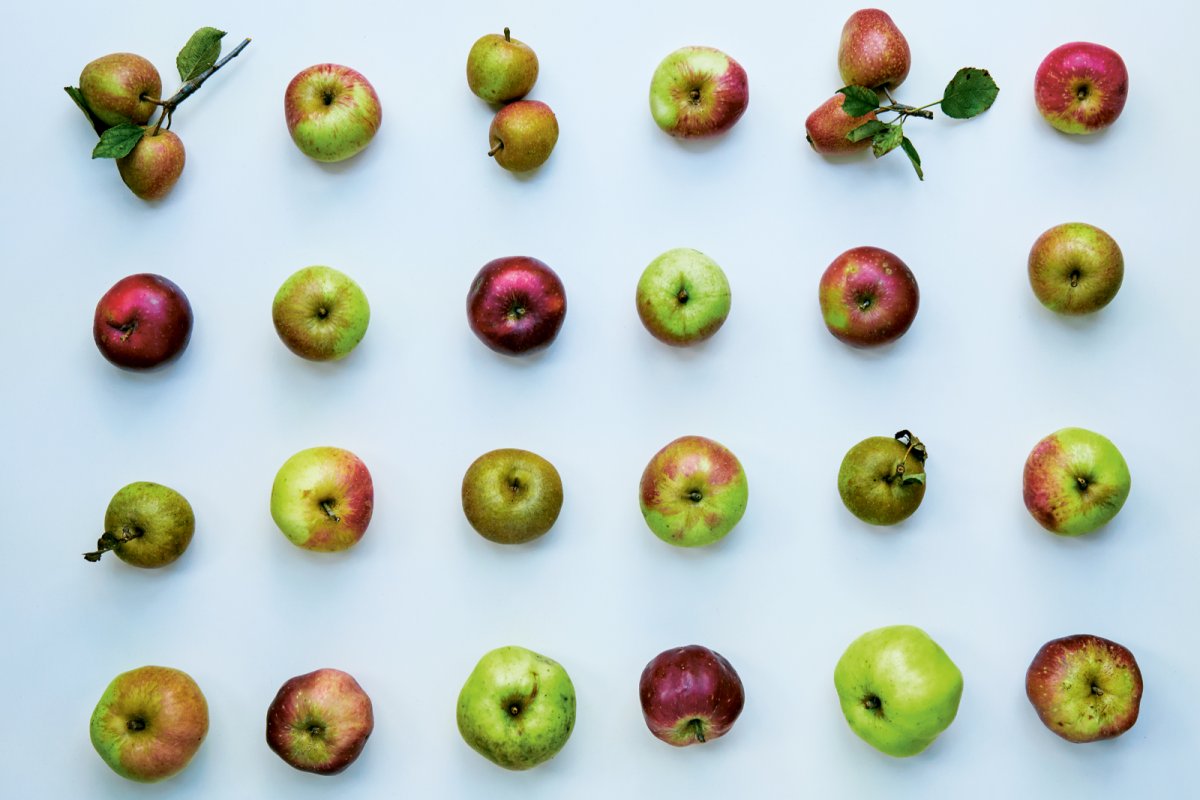 Apples. Credit: Jenny Zarins
Apples. Credit: Jenny Zarins

Raw apple cider vinegar
More than a tasty ingredient, Eco-chef Tom Hunt highlights raw apple cider vinegar for its value as a simple and affordable cleansing tincture for all.
An apple a day will keep the doctor away. A shot of raw (unpasteurised) apple cider vinegar a day might help regenerate your health, perhaps aiding not only digestion, but also weight loss, as well as reducing cholesterol and blood sugar levels.
For the best results, use organic apples, free from pesticides and fungicides applied to conventional fruit, which will inhibit the good bacteria you need to ferment the juice. I save organic apple skins and cores in the freezer until I have enough to make vinegar, however, you can make it from whole fruit. If you only have access to apples, grown by ‘conventional’ farming, peel and compost the outer skin.
Recipe:
Cut your organic apples or skins and cores into rough pieces and pour into a large, sterilised glass jar or other non-metallic container – fruit acids can cause the release of metal oxides into your food.
Add a heaped teaspoon of unrefined sugar per apple to 240ml filtered water and stir to dissolve.
Place the container of apples on a set of zeroed scales and pour the sugar water over the apples. Fill up the rest of the jar with filtered water to cover the apples. Note the weight of the water on the scales and add about 30ml raw apple cider vinegar per litre of water to kick-start the fermentation process.
Weigh down the apples with a fermentation weight or clean, heavy, non- metal object like a stone or jar. Cover the top of the jar with a piece of muslin or a clean tea towel and secure it with an elastic band or a piece of string.
Place somewhere out of direct sunlight for two to three weeks. Stir each morning with a wooden spoon for the first four days. You will notice the liquid starting to bubble as it ferments.
After a couple of weeks, when you see the apples sink to the bottom, pour the liquid into a clean container with the ‘mother’ which should have started to form. This will look like mucus (don’t be put off!) and is like a kombucha SCOBY - symbiotic culture of bacteria and yeast.
Allow it to sit for four more weeks, with the lid loosely placed on top. Then it is ready to bottle up and store. Keep the mother as it forms, plus a little of the vinegar, to make your next batch.
Recipe taken from Tom’s book Eating for Pleasure, People & Planet, published by Kyle Books (£26).
www.tomsfeast.com
@tomsfeast
London Food Link: London Food Link brings together community food enterprises and projects that are working to make good food accessible to everyone in London to help create a healthy, sustainable and ethical food system for all.
Sustain
The Green House
244-254 Cambridge Heath Road
London E2 9DA
020 3559 6777
sustain@sustainweb.org
Sustain advocates food and agriculture policies and practices that enhance the health and welfare of people and animals, improve the working and living environment, promote equity and enrich society and culture.
© Sustain 2025
Registered charity (no. 1018643)
Data privacy & cookies
Icons by Icons8
